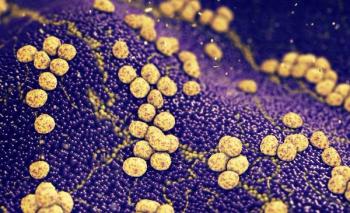
The phase 3 study met its primary and secondary end points of all-cause mortality, microbiological eradication rates, and new Staphylococcus aureus bacteremia complications.

The phase 3 study met its primary and secondary end points of all-cause mortality, microbiological eradication rates, and new Staphylococcus aureus bacteremia complications.

A retrospective study of a Colombian cohort examined the causes of antiretroviral switch in people living with HIV/AIDS, as well as the time to ART switch.

COVID-19 isolation wards should employ additional contact precautions and environmental cleaning alongside regular COVID-19 precautions, such as personal protective equipment, in order to prevent multidrug-resistant infections.

Overall, 91.5% of the hospitalized adults with COVID-19 were unvaccinated and 8.5% of patients were fully vaccinated.

A 2-hour intermittent infusion of ceftazidime-avibactam with aztreonam (ATM) is safe, but clinicians should exercise caution when prescribing continuous infusion ATM.
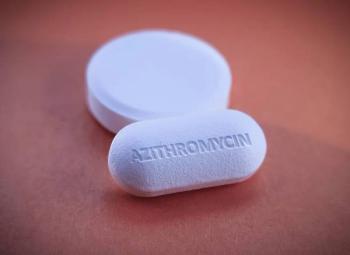
The phase IIb trial evaluated whether adding a novel regimen of monthly azithromycin to a daily dose of trimethoprim-sulfamethoxazole would decrease the rate of STI at time of delivery among pregnant women living with HIV in Cameroon.
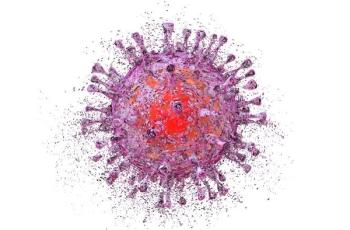
The phase 2, randomized, placebo-controlled, dose-finding trial evaluated the mRNA-based cytomegalovirus vaccine, which features a lipid nanoparticle formulation.

Designing a transitions of care stewardship program and engaging all stakeholders can help cut down on unnecessary antibiotic prescriptions.

Can clinicians rely on dosing strategy to avoid acute kidney injury for patients receiving vancomycin with a β-lactam like piperacillin-tazobactam?

Jason Pogue, PharmD, BCPS, BCIDP, shares key takeaways from his 2 presentations at MAD-ID 2022, including a new alternative to the SPACE acronym, as well as how to navigate any anxieties around oral carbapenems.

A MAD-ID 2022 poster sought to better understand the current antibiotic prescribing patterns at adult primary care clinics affiliated with Maimonides Medical Center in New York.

In a poster presented at MAD-ID 2022, Margaret Pertzborn, PharmD, evaluated the efficacy of a PrEP Provider Toolkit on non-infectious disease provider comfort prescribing PrEP with their patients.

In a poster presented at MAD-ID 2022, Glenn S. Tillotson, PhD, FIDSA, FCCP, shares data from the Premier Healthcare Database on more than 100,000 patients with C diff.

At MAD-ID 2022, Payal K. Patel, MD, MPH, FIDSA, discussed how COVID-19 misinformation and lags in diagnostics contributed to inappropriate antibiotic use and offers some way to combat this trend.

Colleen R. Kelly, MD, FACG, speaks at MAD-ID 2022 on alternatives to antibiotics for C diff infection, including the use of probiotics and fecal microbiota transplantation.

“Clearly, stewardship is a team operation. It starts [with] the leadership, the clinical pharmacy, and coordination with infectious disease physicians truly has to be synergistic,” Goetz said in the keynote address at MAD-ID 2022.

The federal agency authorized the therapy as a standalone treatment via a revised EUA in July of last year.

The findings have supported the launch of a phase 3 trial called EVERGREEN, which is now underway.

Major predictors of response were CD4+ count, suppressed viral load, and whether the participant received the Moderna or Pfizer mRNA vaccine.

In the primary efficacy analysis, the risk of developing symptomatic COVID 19 was reduced by 77% with AZD7442.

In research presented virtually at IDWeek 2021, investigators with the Centers for Disease Control and Prevention (CDC) conducted a review of nursing home antibiotic stewardship citation deficiencies in order to improve implementation.

In newly hospitalized hypoxic patients with COVID-19, the monoclonal antibody significantly improved survival without invasive mechanical ventilation compared with placebo and available treatments, according to phase 3 trial results.

“Compared to the pre-COVID period, the odds ratio for CVD encounters was nearly doubled in each post-COVID period from 31 to 90 days post onset,” Brian Agan, MD, deputy science director and HIV research director of the Infectious Disease Clinical Research Program at USU/HJF and presenting author, told Contagion®.

The study population comprised 224 patients admitted to the ICU with influenza, and the overall rate of IPA was 3.1% (7/224).

Reports of hospitalized older adults with COVID-19 who do not experience the classic symptoms are on the rise.

“The compound appears to be safe and well-tolerated, [and we observed] excellent efficacy based on a very small sample size,” Peter G. Pappas, MD, said.

The urgent care setting is a prime target for antimicrobial stewardship efforts as it becomes an increasingly prevalent form of healthcare delivery.
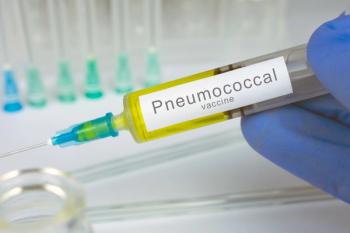
In an effort to expand serotype coverage beyond 13, a 20-valent pneumococcal conjugate vaccine, PCV20, is currently in development.

Overall, 88% of participants who received long-acting therapy preferred CAB LA+RPV LA compared with oral treatment.

The results support B/F/TAF as a switch option for Black Americans who are virologically suppressed, including individuals with a history of treatment failure or pre-existing resistance.

Published: October 22nd 2020 | Updated:

Published: October 23rd 2020 | Updated:

Published: September 29th 2021 | Updated:
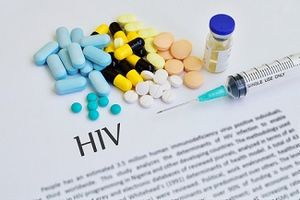
Published: October 22nd 2020 | Updated:

Published: September 29th 2021 | Updated:
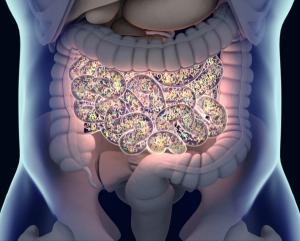
Published: October 21st 2020 | Updated: